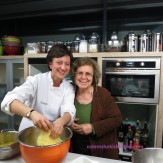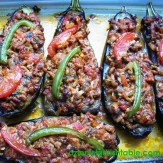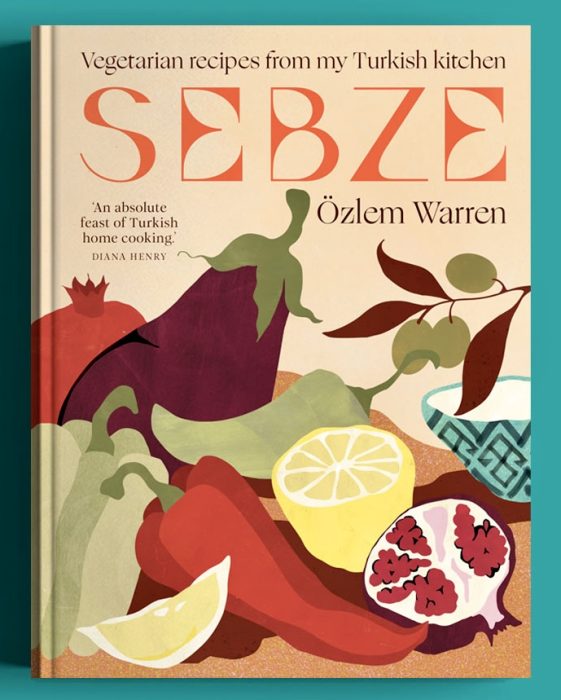
I am absolutely delighted to share that my book SEBZE, Vegetarian recipes from my Turkish Kitchen, received the prestigious Gourmands Best in the World Award in Vegetarian Category!

SEBZE has been my love letter to my homeland’s delicious, diverse, easy to make vegetarian Turkish cuisine; I am so delighted to see wholesome vegetarian Turkish cuisine got this prestigious recognition. With this note, many thanks to all readers to your support for this special book, it gives me so much joy seeing seeing you enjoy cooking from SEBZE; copies can be obtained worldwide here.
Öcce Fritters with Spring Onion and Fresh Herbs

Styled by Esther Clark, during SEBZE photo shoots with Sam A Harris
These delightful, herby Öcce fritters, from my new book, SEBZE, Vegetarian recipes from my Turkish kitchen, are a popular specialty in southern Turkiye, especially in the Gaziantep, Kilis and Hatay regions. Locals make them with lots of spring onions (scallions), herbs and fresh garlic, when in season. There are many variations throughout the country, where, for instance, grated courgettes (zucchini) can be added too, as in our popular kabak mücveri. In south, locals use a special öcce pan with hollows, where the batter is poured over to be shallow fried. A regular, non-stick wide pan will work just as well. I hope you enjoy them as much as we do. As variations, you could add some grated beets, carrots to the mix for additional crunch. You can use gram/chickpea flour for gluten-free option.
There are 85 delicious, doable, wholesome Turkish vegetarian recipes at my new book SEBZE, many are adaptable for gluten-free too. You can get a copy here worldwide.
Afiyet Olsun,
Ozlem x
- 6 spring onions (scallions), trimmed and finely chopped
- 5 garlic cloves, finely chopped
- 30 g (1 oz) fresh mint leaves, finely chopped
- 130 g (4¼ oz) flat-leaf parsley, finely chopped (including stems)
- 1 teaspoon pul biber or red pepper flakes
- 1 teaspoon ground cumin
- 85 g (3 oz/2/3 cup) plain (all-purpose) flour (use gram/chickpea flour for a gluten-free option)
- 55 g (2 oz) beyaz peynir or feta, crumbled (optional)
- 3 medium eggs, beaten
- light olive oil or groundnut oil, for shallow frying
- sea salt and freshly ground black pepper, to taste
- Combine the spring onions, garlic, fresh mint, parsley, pul biber and cumin in a large bowl. Using your hands, combine the mixture well. Add the flour and cheese (if using) and stir in the beaten eggs, then season with salt and pepper, and combine well into a batter.
- Heat enough oil to cover the base of a large non-stick frying pan (skillet) (about 25 cm/10 in in diameter) over a medium–high heat. Drop tablespoons of the batter mix into the hot oil, spoonful by spoonful, leaving space between each one. Shallow fry for about 2 minutes on each side until golden brown. Remove with a slotted spoon to drain on paper towels.
- They are deilcious with Haydari dip from SEBZE





